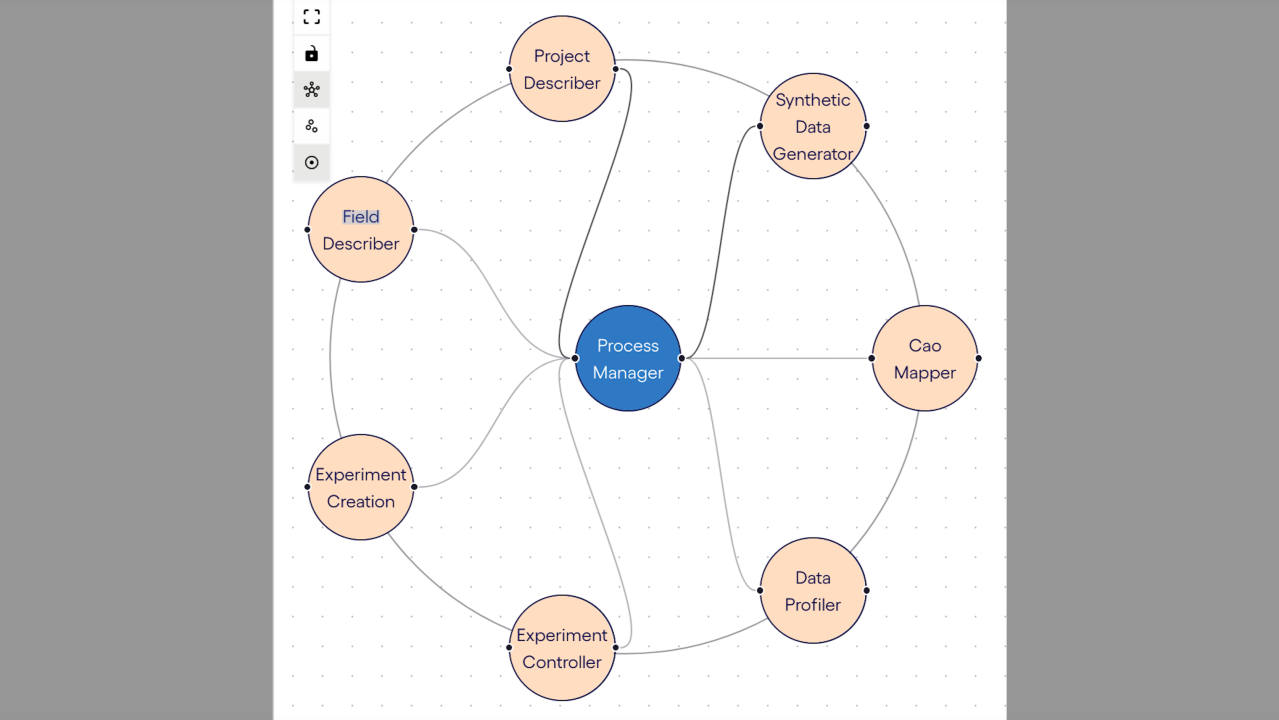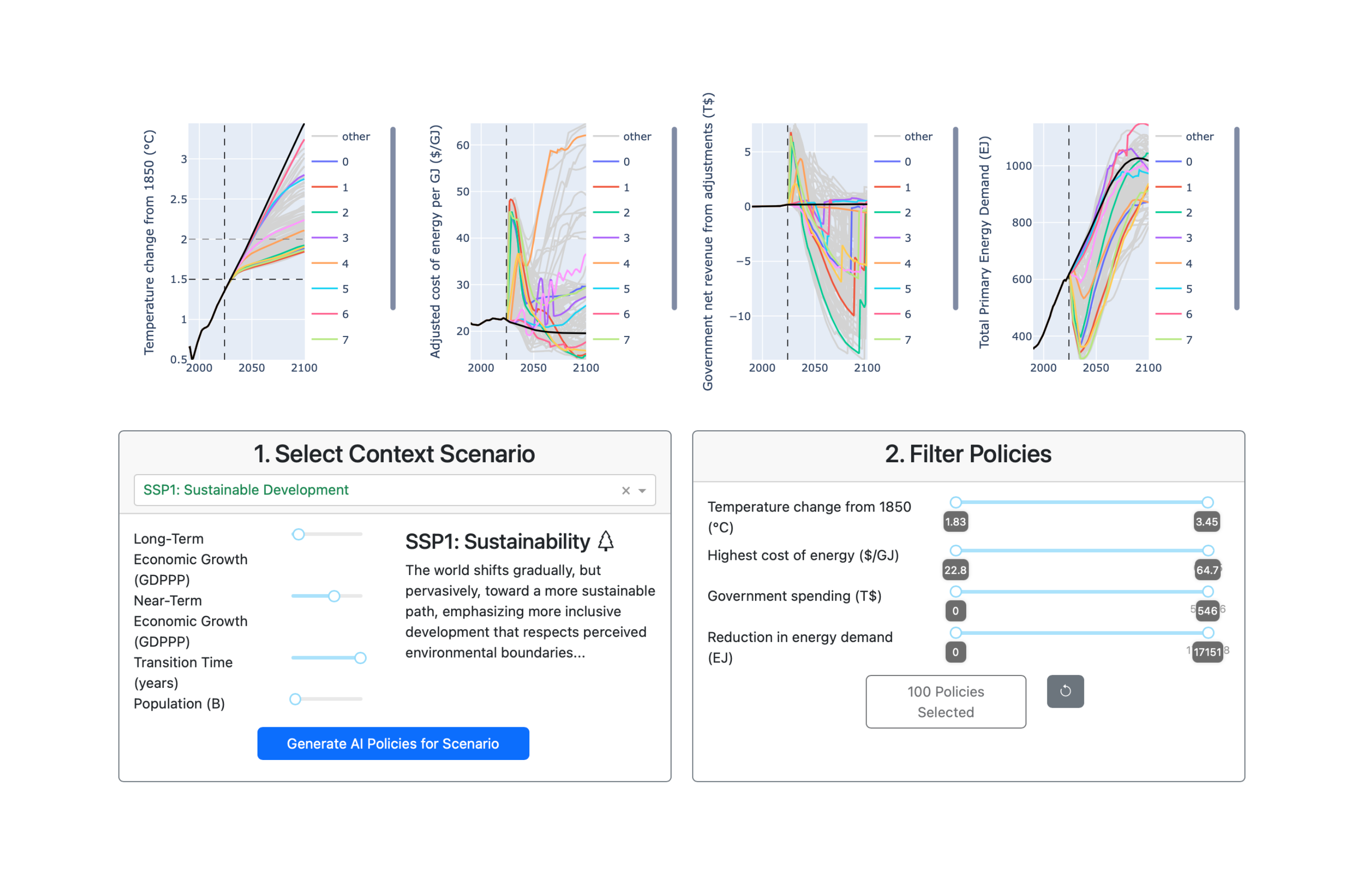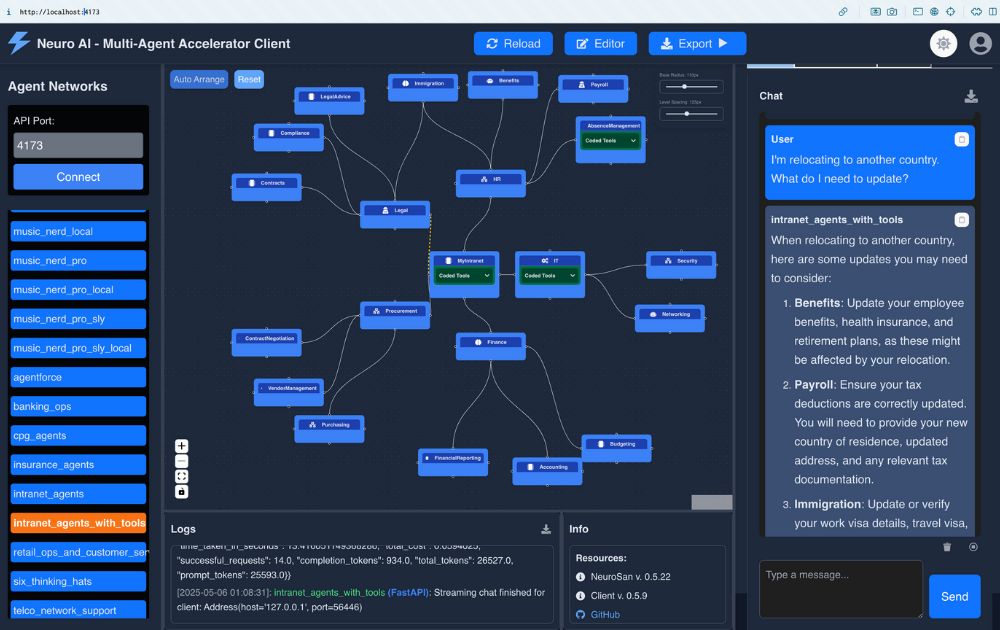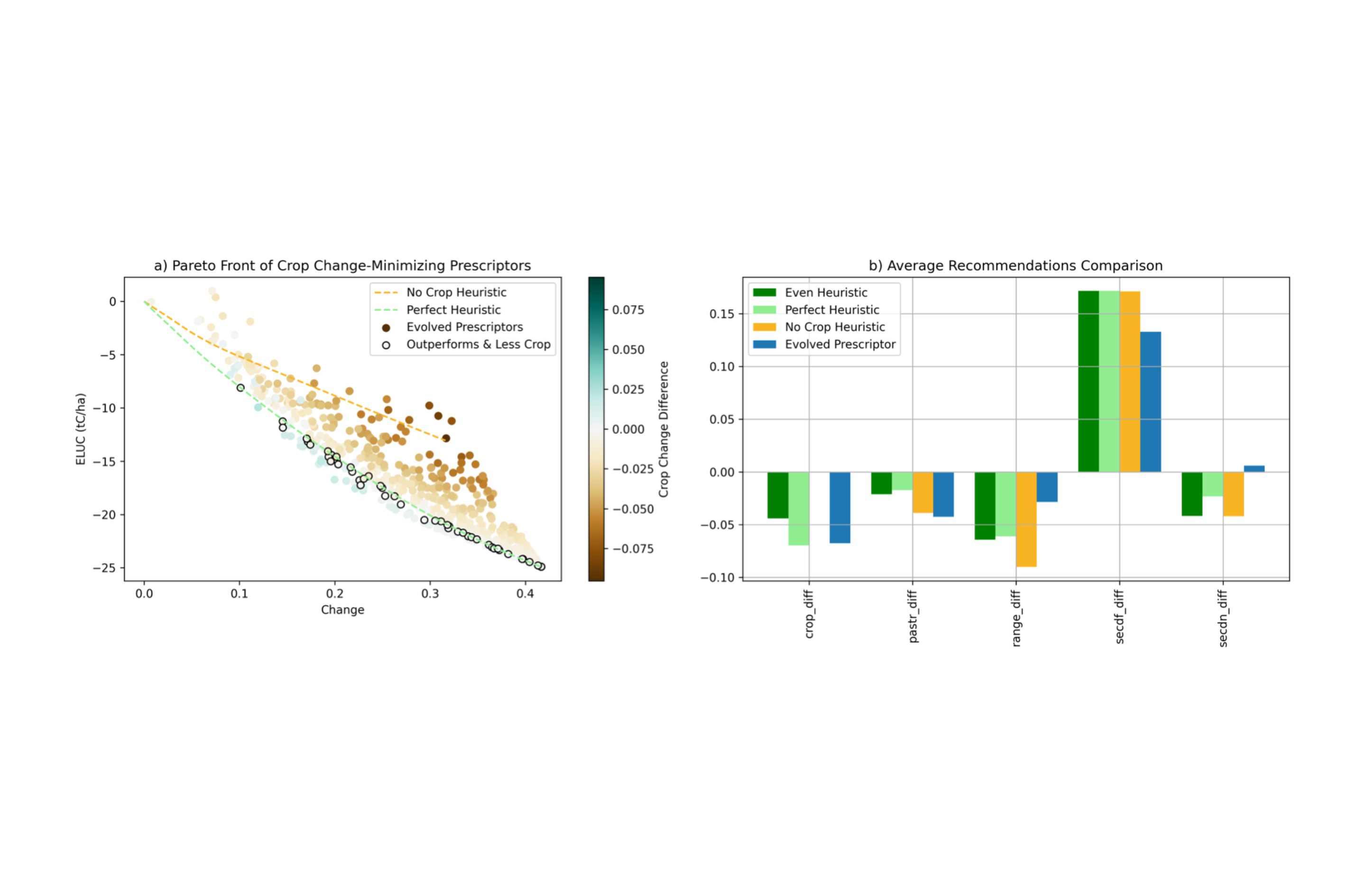June 5, 2025
NeuroSAN: Step-by-Step Multi-Agent Processes
How to delegate, coordinate, and simplify complex tasks with natural language and smart tooling

Okay. You now have an easy way to create a multi-agent system with Neuro AI system of agent networks (Neuro SAN). Now what?
A lot of people’s first forays into multi-agent systems is one which defines a step-by-step process.
This is often born of a developer’s intuition and curiosity that some repetitive process which is difficult to code could maybe be done more easily with a natural language description of the process and agents. It’s a natural fit and a natural step.
Every Neuro SAN multi-agent network has a single agent which we call the “front man”. This is the agent that handles all the user input, and in the end, it’s the agent which is giving the ultimate answer back to the user.
For the step-by-step process pattern, it’s common to load up the front-man agent with a long list of instructions as that first single-LLM attempt. For small stuff this is fine and the job is done, but LLMs have their limitations and folks quickly hit a wall when the cognitive load for a single LLM gets to be too much. This is where delegation of process steps become easy with Neuro SAN.
When breaking up your step-by-step process into multiple agents, here are some tips:
- The front man’s instructions tend become an outline. Start by a simple description of what you want done and in what order, (like good code comments would look like).
- It actually helps the agents to have the steps numbered. Numbering tends to acts as a reasonable delimiter for specific decisions where an agent can stop and specifically think about what it needs to do to get any one bit done.
- When delegating the details of a process step to a sub-agent, say that it should call a specific tool/agent by name in the outline instructions. This removes any ambiguity of what to do and reduces wrong turns that the agent can and will take if left to its own devices. That is, it is very common for LLM-based agents to think they know everything and are very happy to make up some rando answer. But if you specifically say in your instructions “call tool X”, it will (usually) do that before trying to make something up.
- It is actually helpful to refer to output from delegatory agents that is to be used later on by a specific name as well. When using natural language to describe something that specific, it’s helpful to distinctively delineate a name ala snake_case. For example:
The output of this tool will be a URL string that will be known as 'data_url'.
There are plenty of things that LLMs are not necessarily good at, such as:
- Successfully keeping count of iterations
- Complex AND and OR groupings
- Calling web APIs without coded assistance
- Keeping secrets
- Rote copying of large swaths of text/JSON (subject to “telephone” error)
Yes, we bill Neuro SAN as a no-/low-code experience, but some tasks are way more reliably left to code. Use the right tool for the job. Implementing the Neuro SAN CodedTool interface is the means by which these kinds of data/tasks are handled much more reliably.
Specifically for rote-copy and secrets, use the Neuro SAN’s sly_data feature as a means of getting information to your CodedTools. (More on that in a later post.)
With experience you will begin to find an interesting weave back and forth between the natural language LLM world and the coded Python world.
- Give the agents discretion where possible. They will surprise you if you give them the right information and if you let them.
When all is done, the topology of a step-by-step process agent network tends to be a relatively flat, single-hub, many-spoke pattern without much agent depth (like the picture associated with this article). Nothing wrong with that if it gets the job done!
To learn more:
- Visit our Neuro SAN landing page
- Try Neuro SAN
Daniel Fink is an AI engineering expert with 15+ years in AI and 30+ years in software — spanning CGI, audio, consumer devices, and AI.







